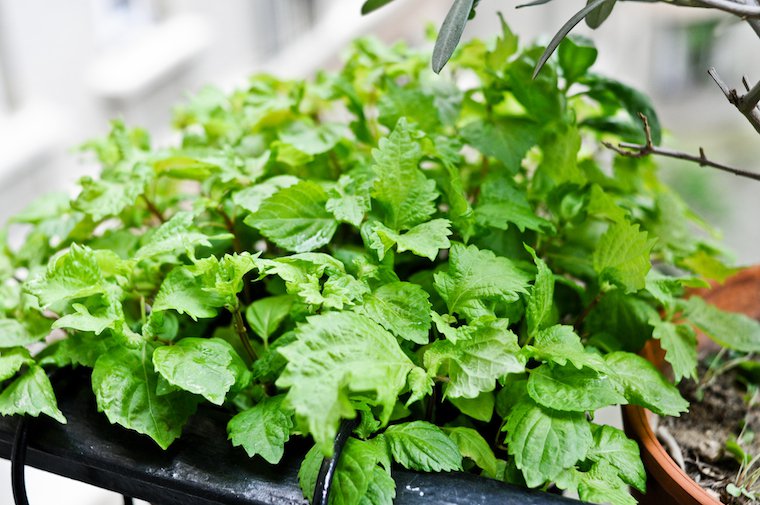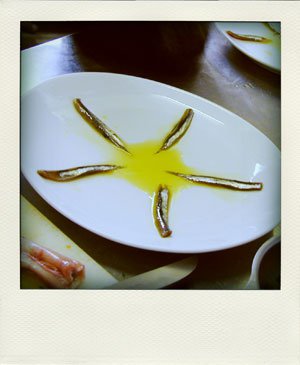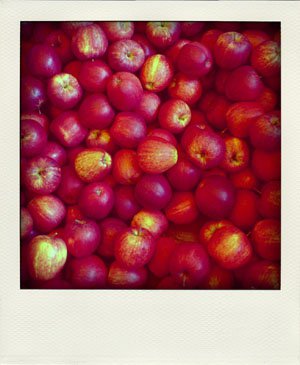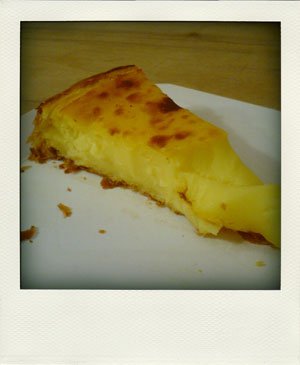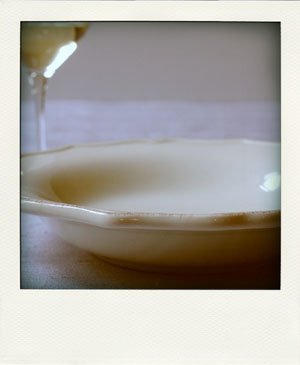For my Earth Day post last week, I partnered with Eva from flip & tumble and asked you to help plant trees in Malawi, and to submit your best green tips for a chance to win a reusable shopping bag.
 Some 500 tree-planting comments were submitted. Eva and I had planned to have two trees planted per comment, but then we got excited and decided to double the stakes, and in the end each of us funded the planting of two trees per comment. Congratulations and thank you! You have effectively helped plant 2,000 trees, a combination of indigenous, exotic and fruit trees, in the Nkhata Bay District in Malawi. Let’s all make the wish that these saplings grow to be strong trees that thrive for decades.
Some 500 tree-planting comments were submitted. Eva and I had planned to have two trees planted per comment, but then we got excited and decided to double the stakes, and in the end each of us funded the planting of two trees per comment. Congratulations and thank you! You have effectively helped plant 2,000 trees, a combination of indigenous, exotic and fruit trees, in the Nkhata Bay District in Malawi. Let’s all make the wish that these saplings grow to be strong trees that thrive for decades.
As for the green tip contest, your response was overwhelmingly enthusiastic, and I received 288 submissions. Today, I am publishing the ten I picked to win a reusable shopping bag. I must say it’s been hard to choose the winners in such a wide-ranging collection of thoughtful, smart, and inspiring tips, and I am working on organizing the rest of them as a digest to share with you next.
See below for the ten green tips that win their submitters a flip & tumble bag (they should have received an email from me) and check back tomorrow for many more green kitchen tips.
See also: Tips for a Green Kitchen, Part II.


